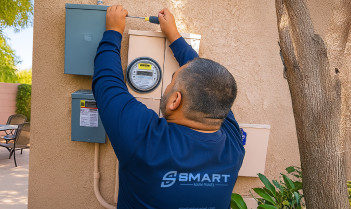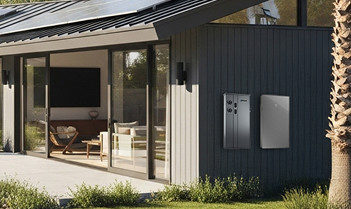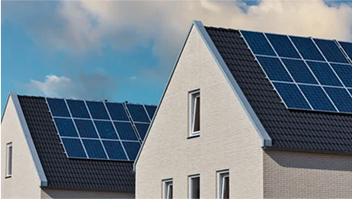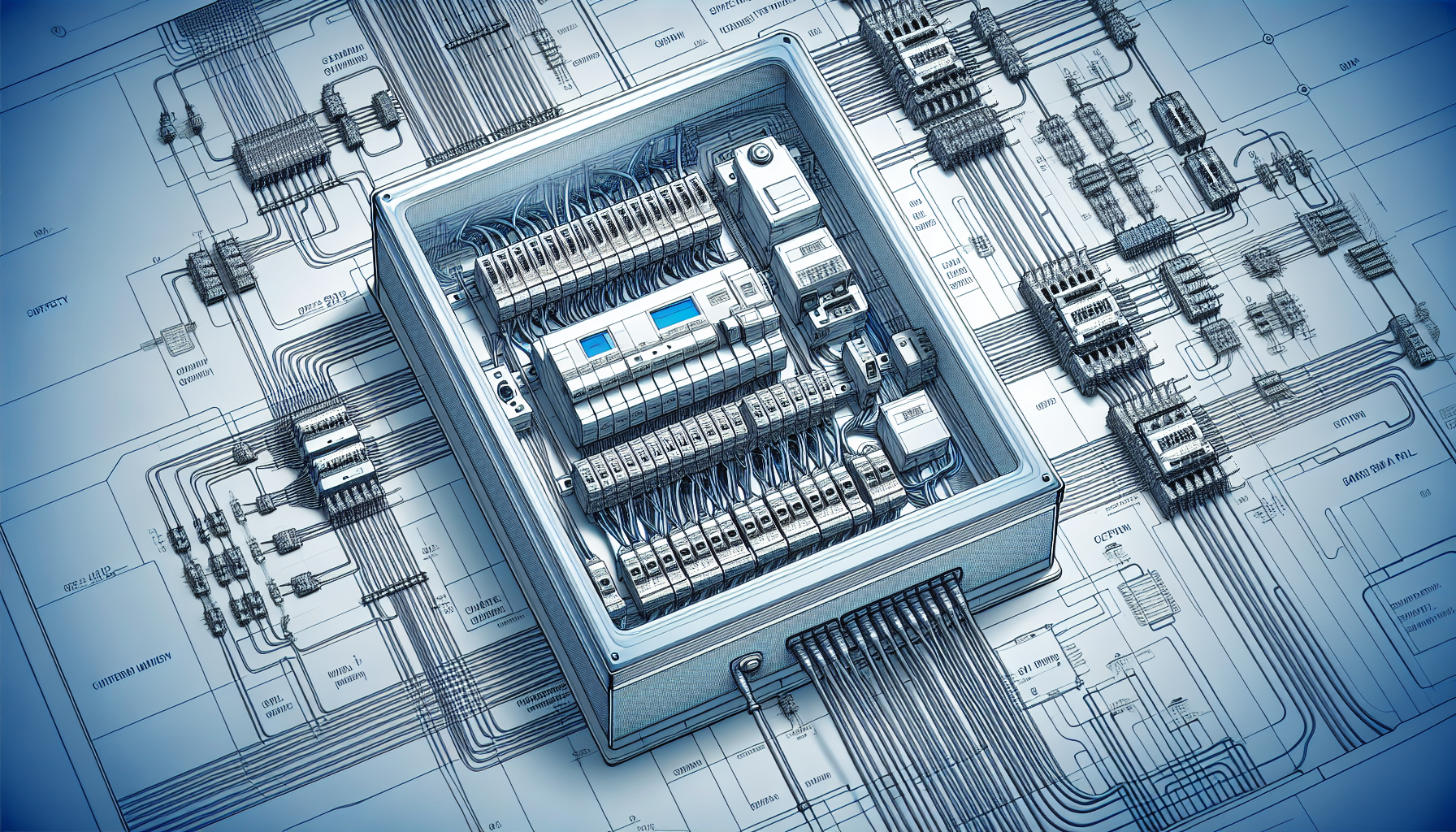
Date
What Is Considered The Main Electrical Panel?
So, you’re curious about what exactly constitutes the main electrical panel, huh? Well, you’re in the right place! In this article, we’ll shed some light on this essential component of every home’s electrical system. After reading this, you’ll have a clear understanding of what the main electrical panel is and why it plays such a crucial role in powering your house. Let’s get started, shall we?
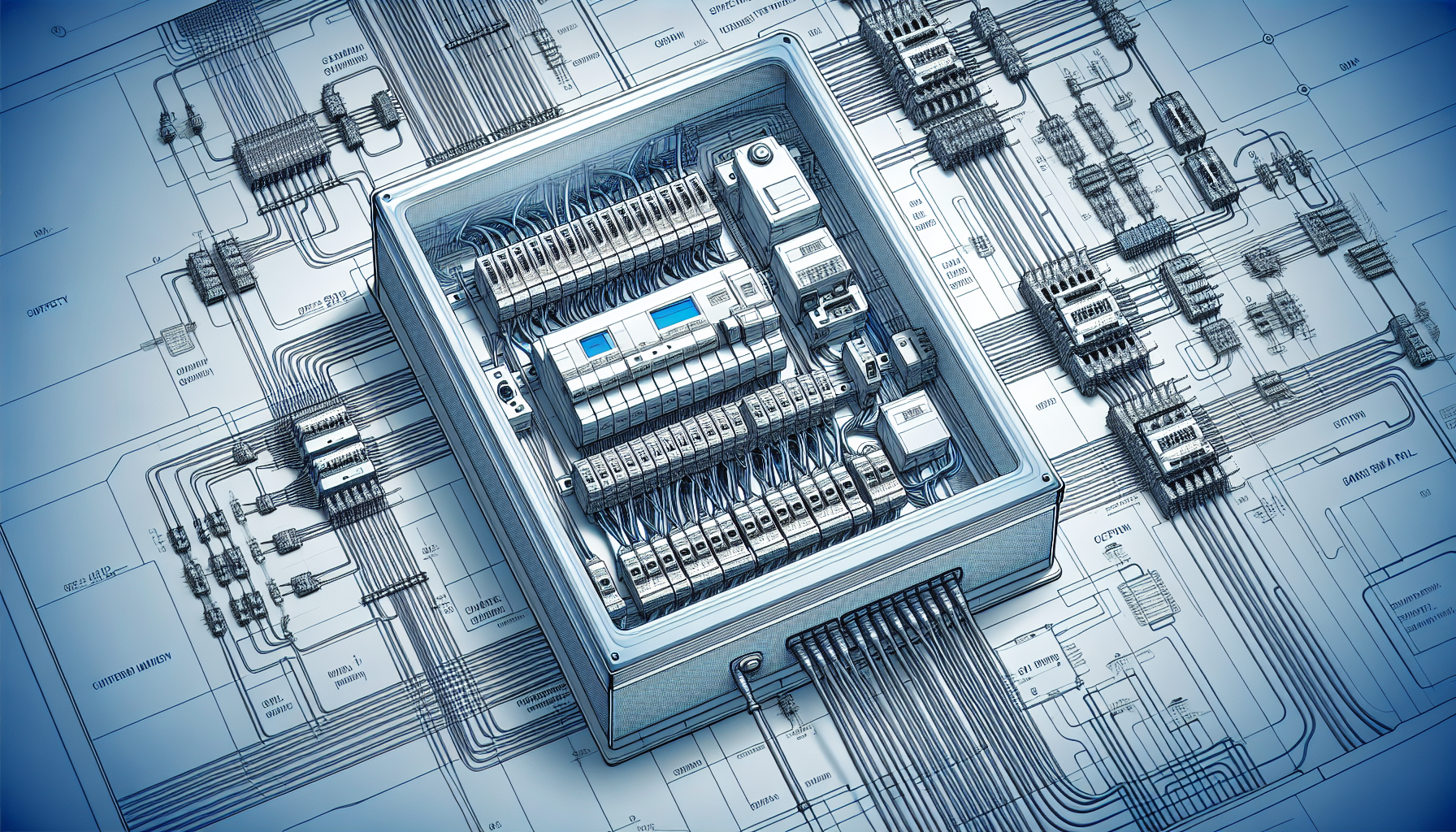
What Is Considered The Main Electrical Panel?
The main electrical panel, also known as the main service panel or distribution board, is the heart of your home’s electrical system. It is where electricity from the utility company enters your home and is distributed to various circuits and appliances throughout the house. Understanding the main electrical panel is essential for homeowners to ensure a safe and efficient electrical system.
Definition
Electrical Panel Overview
The main electrical panel is a metal box that houses several components responsible for controlling and distributing electricity. It is usually located in a utility room, basement, or garage, and it connects the incoming electrical service from the utility provider to the circuits in your home. The main electrical panel is designed to protect your home from electrical hazards and provide a centralized control point for managing the electricity flow.
Role of the Main Electrical Panel
The main electrical panel serves two primary functions: distribution and protection. As the hub of your home’s electrical system, it distributes electricity to all the circuits and appliances in your home. It acts as a control center, allowing you to turn on or off power to different areas of your home and ensuring that electricity flows safely to the desired destinations. Additionally, the main electrical panel protects your home from electrical overloads and short circuits by using circuit breakers that automatically interrupt the power flow when necessary.
Components of Main Electrical Panel
Main Breaker
The main breaker is a large switch located at the top or bottom of the main electrical panel. It is responsible for disconnecting the power supply from the utility company to your home. In case of an emergency or when you need to shut off the electricity to your entire home, you can simply toggle this switch to turn off the power. The main breaker protects the rest of the electrical panel and the circuits in your home from overloading and electrical hazards.
Circuit Breakers
Circuit breakers are small devices mounted inside the main electrical panel that act as switches to control the flow of electricity to individual circuits. They protect the electrical circuits by automatically shutting off the power when an overload or short circuit occurs. Circuit breakers are designed to prevent excessive current from flowing, thereby reducing the risk of electrical fires and damage to appliances or wiring.
Bus Bars
Bus bars are metal strips or bars inside the main electrical panel that carry the electricity from the main breaker to the circuit breakers. They act as distribution lines, providing power to the individual circuits throughout your home. Bus bars are made of copper or aluminum and are securely mounted to the electrical panel enclosure.
Grounding Bus Bar
The grounding bus bar is a metal strip or bar in the main electrical panel that provides a safe path for electrical current to flow to the ground. It is connected to the ground wire, which is bonded to the earth outside your home. The grounding bus bar ensures that any excess electrical current or fault currents are safely directed away from your home to prevent electrical shocks or damage.
Neutral Bus Bar
The neutral bus bar is another metal strip or bar in the main electrical panel that connects the neutral wire from the utility company to the neutral wires of the circuits in your home. It acts as a common point for the return path of electrical current from the circuits. The neutral bus bar is essential for maintaining a balanced electrical system and proper functioning of electrical devices.
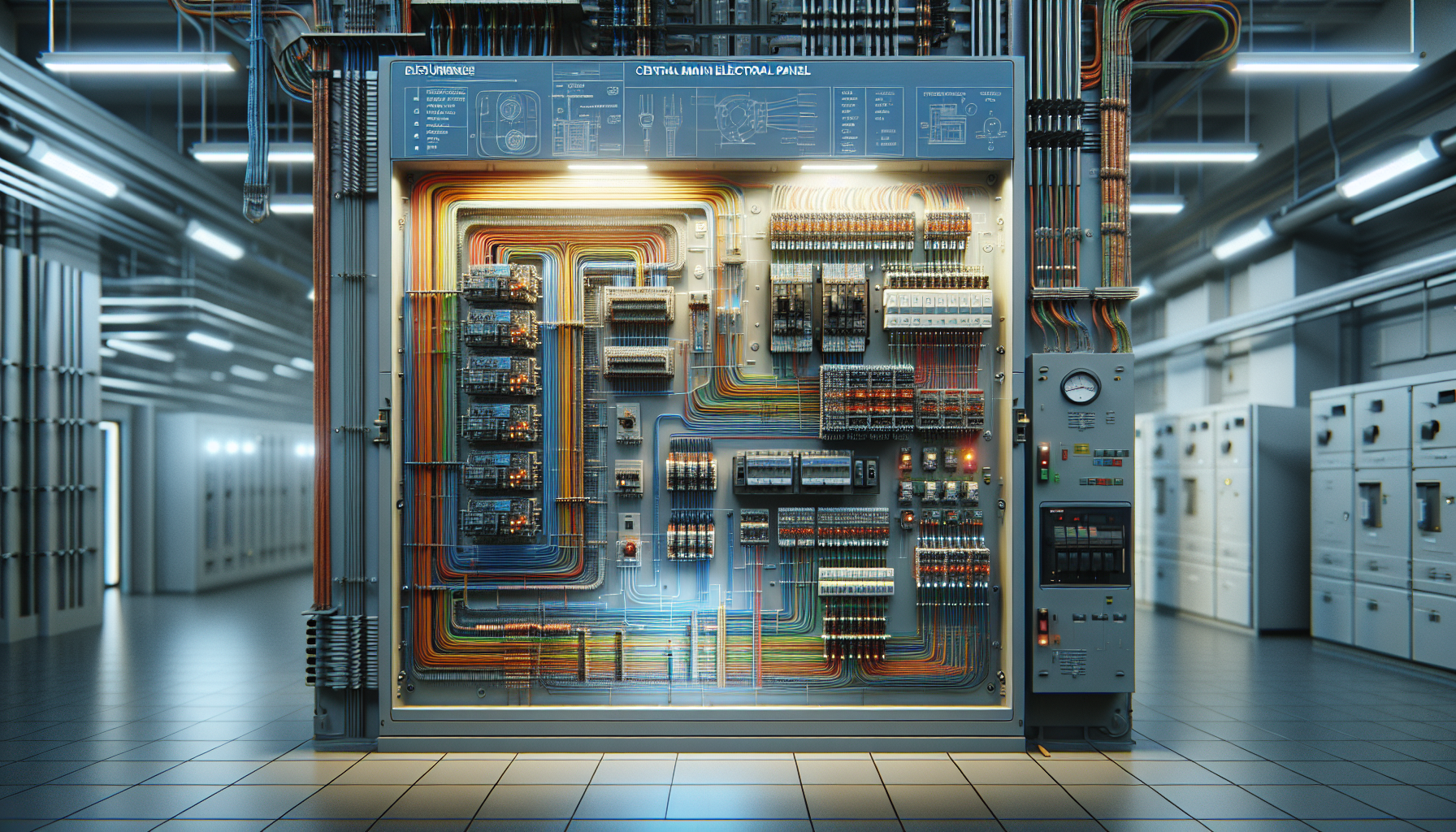
Main Breaker vs. Subpanels
Difference between Main Breaker and Subpanels
The main breaker and subpanels are both components of the electrical distribution system, but they serve different purposes. The main breaker is responsible for disconnecting power from the utility company to your entire home, while subpanels are smaller electrical panels that receive power from the main electrical panel and distribute it to specific areas or circuits in your home.
When to Use Subpanels
Subpanels are commonly used in larger homes or buildings where there is a need for additional electrical circuits. They provide a convenient way to expand the electrical capacity of a home without replacing the main electrical panel. Subpanels can be installed in areas such as garages, workshops, or additions to the home, allowing for the independent control and distribution of power in those specific areas.
Main Electrical Service Size
Understanding Electrical Service Size
The electrical service size refers to the amount of electrical power your home can safely receive and handle. It is measured in amps (A) and is determined by the size of the main electrical panel and the capacity of the electrical service coming from the utility company. Understanding the electrical service size is crucial to ensure that your home’s electrical system can meet the demands of your appliances and circuits.
Determining the Main Electrical Service Size
To determine the main electrical service size of your home, you need to consider the electrical load requirements of all the appliances and circuits in your home. This includes major appliances like air conditioners, refrigerators, and electric water heaters, as well as smaller circuits such as lighting and outlets. Consulting with a licensed electrician is recommended to accurately determine the main electrical service size for your specific needs.
Importance of the Main Electrical Panel
Distribution of Power
The main electrical panel plays a vital role in the distribution of power throughout your home. It ensures that electricity is properly delivered to each circuit and appliance, allowing them to function as intended. Without a functioning main electrical panel, you would have no control over the electrical flow in your home, leading to power outages and potential damage to appliances and electrical components.
Safety and Protection
Safety is a top priority when it comes to electrical systems, and the main electrical panel is responsible for protecting your home from electrical hazards. The circuit breakers in the main electrical panel automatically shut off power when there is a dangerous overload or short circuit, preventing electrical fires and electrocution. Additionally, the main electrical panel provides a central location for disconnecting the power supply during emergencies, ensuring the safety of you and your family.
Electrical Efficiency
A well-maintained main electrical panel contributes to the overall electrical efficiency of your home. By properly distributing power and preventing overloads, the main electrical panel helps reduce energy waste and ensures that electricity is used efficiently. This not only saves you money on your energy bills but also minimizes the strain on the electrical system and extends the lifespan of your appliances and electrical equipment.
Main Electrical Panel Upgrades
Reasons for Upgrading the Main Electrical Panel
There are several reasons why you might consider upgrading your main electrical panel. Firstly, if your current panel is outdated or unable to meet the electrical needs of your home, an upgrade may be necessary to accommodate additional circuits or higher electrical loads. Secondly, if you plan to add new appliances or install a major home renovation project, an upgraded main electrical panel may be required to handle the increased power demand. Lastly, an electrical panel upgrade can also enhance the safety and reliability of your home’s electrical system.
Signs that an Upgrade is Needed
There are some signs that indicate it may be time for a main electrical panel upgrade. Frequent tripped breakers, flickering lights, or dimming of appliances when using certain circuits are all signs of an overloaded electrical panel. If you notice buzzing sounds or overheating in the panel, it could be a sign of faulty wiring or components that need to be addressed promptly. A qualified electrician can inspect your main electrical panel to determine if an upgrade is necessary.
Hiring a Professional for Panel Upgrades
Upgrading the main electrical panel is a complex task that requires extensive knowledge and expertise. It is strongly recommended to hire a licensed and experienced electrician to perform the panel upgrade. A professional electrician will ensure that the new panel is properly installed, safely connected to the electrical service, and compliant with local electrical codes. They will also handle any necessary permits and inspections, giving you peace of mind that the upgrade is done correctly.
Main Electrical Panel Maintenance
Regular Inspections
Regular inspections of the main electrical panel are essential to identify any potential issues or hazards. It is advisable to have a licensed electrician conduct a thorough inspection at least once every few years or if you notice any signs of problems. During the inspection, the electrician will check for loose connections, signs of overheating, corrosion, or any other issues that may affect the panel’s performance or safety.
Testing Circuit Breakers
Testing the circuit breakers in the main electrical panel is an important part of maintenance. This can be done by turning off individual breakers and checking if the power to the corresponding circuits is correctly cut off. It is also necessary to test the functionality of the main breaker by switching it off and on to ensure it operates smoothly. If you encounter any issues during the testing process, it is best to consult a professional electrician for further evaluation.
Replacing Faulty Components
If any components in the main electrical panel are found to be faulty during maintenance or inspection, they should be promptly replaced. Faulty components, such as circuit breakers or bus bars, can lead to potential electrical hazards or system malfunctions. Only a licensed electrician should handle the replacement of faulty components to ensure proper installation and adherence to safety standards.
Common Issues with Main Electrical Panels
Overloading
One common issue with main electrical panels is overloading, which occurs when the demand for electricity exceeds the capacity of the electrical system. Overloading can lead to overheating, tripped breakers, or even electrical fires. It is crucial to distribute electrical loads evenly across circuits and consider installing subpanels or upgrading the main electrical panel if overloading is a recurring problem.
Tripped Breakers
Tripped breakers are another common issue that can occur in the main electrical panel. When an overload or short circuit occurs, the circuit breaker trips, cutting off the power to the affected circuit to prevent damage or hazards. If you experience frequent tripped breakers, it may indicate an electrical problem that requires attention, such as an overloaded circuit or a faulty electrical device.
Faulty Wiring
Faulty wiring can pose a serious risk in the main electrical panel. Over time, wiring can become damaged, loose, or corroded, leading to voltage fluctuations, overheating, or electrical shorts. It is crucial to address any signs of faulty wiring, such as burning smells, sparking, or visible damage, immediately to prevent electrical hazards and ensure the safe operation of your home’s electrical system.
Final Thoughts
Understanding the main electrical panel is essential for maintaining a safe and efficient electrical system in your home. It serves as the control center for electricity distribution and protection, allowing you to manage and control the power flow to different circuits and appliances. Regular inspections and proper maintenance are crucial to ensure the functionality and safety of the main electrical panel. If you encounter any issues or signs of problems with your main electrical panel, it is always best to consult a licensed electrician to address the issue promptly and effectively. Taking care of your main electrical panel ensures a reliable and efficient supply of electricity throughout your home, providing you and your family with peace of mind and electrical safety.

